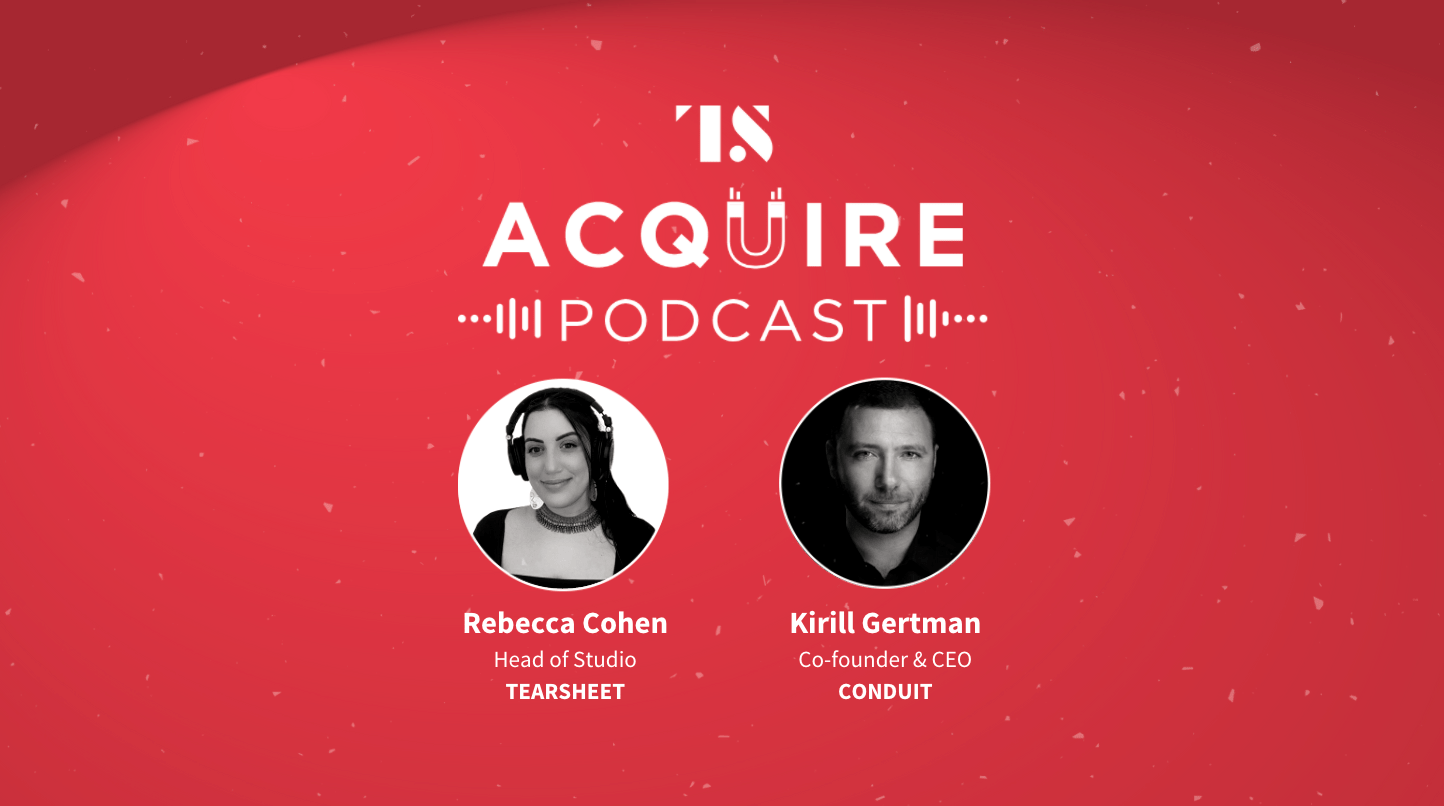Acquire Podcast, Modern Marketing, Podcasts
The Acquire Podcast Ep. 7: ‘Founders not meeting with their customers are doing it wrong’: Conduit’s Kirill Gertman
- Conduit’s co-founder and CEO Kirill Gertman joins us on the Acquire Podcast.
- ‘If you're a founder and are not talking to your customers,’ he says, ‘I’m sorry but you're doing it wrong.’








